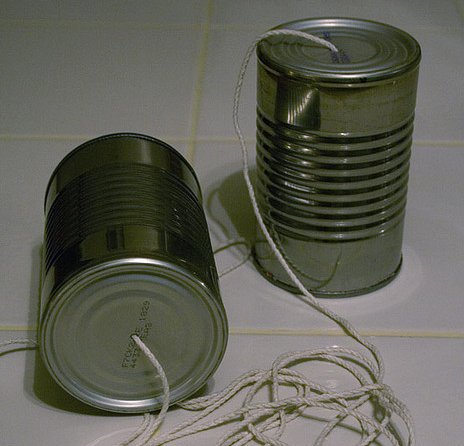Communicating without memory in a quantum system
Ars Technica » Scientific Method 2012-10-23

Whatever the message or the medium, the essence of communication is the transfer of data between two points separated in space. The distance can be small (between components inside a computer chip, or people sitting across a table) or very large (from Voyager 1 back to Earth), but the principles are the same. Quantum communication changes the nature of the data—it's the state of a quantum system—but that information still needs to be carried across space.
In most modern research, that process involves entanglement: linking the quantum state of the transmitter and receiver. Unfortunately, these quantum states are fragile. While a bit stored in computer memory is relatively stable, a quantum state can be altered by random interactions with its environment. But new model for quantum communication has been proposed that would not require either memory or entangling the quantum states of the transmitter and receiver.
W. J. Munro, A. M. Stephens, S. J. Devitt, K. A. Harrison, and Kae Nemoto have designed a system where quantum bits (qubits) were transferred by individual photons, but interpreted using a special algorithm designed to contain a lot of redundancy and avoid data loss. Since the states of the transmitter and receiver were not entangled (or copied), they don't need to remain coherent, obviating the need for quantum memory. The actual data transfer could take place over fiber optic cables, and the receiver could itself be used as a transmitter, forming a repeater for larger networks.
Read 10 remaining paragraphs | Comments